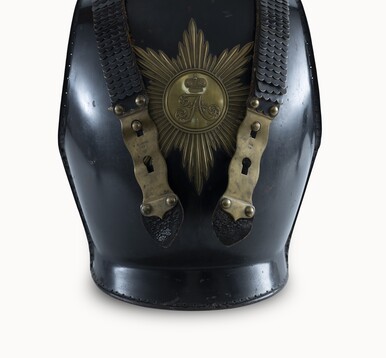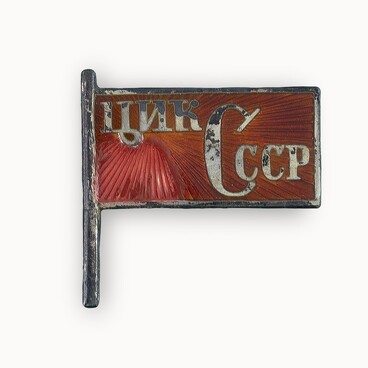In the 19th century, along with combat blade weapons, pieces of armor — cuirasses — were made at the Zlatoust Arms Factory. This unique production began in 1836. Cuirasses were in service with the heavy cavalry of European armies. In the Russian Empire, the first cuirassier regiment had been formed in the first half of the 18th century.
In the 19th century, a craftsman named Sprenger arrived in Russia from Klingenthal to establish the production of cuirasses at the Sestroretsk plant. The initial attempt failed, and the manufacture of cuirasses was re-assigned to the Zlatoust Arms Factory.
Under the guidance of the French craftsman, by December 1836, eight cuirasses were created. Manufacturing experiments continued until 1838: the foreign craftsman caught a cold and died after a short illness. Pavel Petrovich Anosov, who from the very beginning had been looking closely at Sprenger’s work, overtook the craft.
Anosov was preoccupied with the strength of the cuirasses and the production technology. The designer assumed that the hard armor should be made taking into account, as much as possible, the height and build of the person to wear it. The cuirasses made according to the technology of Pavel Anosov were manufactured as follows: sheets of steel and iron were folded so that the number of layers reached 30. All that was welded in the same way as refined steel. That is how the front parts of the armor were made.
The backs of the cuirasses were made from 1/3 raw steel and 2/3 soft iron, as they were supposed to protect against blade weapons. This cuirass is a testament to one of the achievements of the great Russian metallurgist Pavel Petrovich Anosov, who, in the early 19th century, created the world’s best bulletproof armor.
Both parts of the cuirass of the 1837 model were polished and interconnected with wide shoulder straps, which were decorated with a set of copper plates. The front of the cuirass has four rounded dents of different depths — these are traces left by bullets during testing. Such pieces of protective armor were only manufactured in Zlatoust; the cuirasses remained in service with the heavy cavalry of the Russian guard until the beginning of the 20th century.
In the 19th century, a craftsman named Sprenger arrived in Russia from Klingenthal to establish the production of cuirasses at the Sestroretsk plant. The initial attempt failed, and the manufacture of cuirasses was re-assigned to the Zlatoust Arms Factory.
Under the guidance of the French craftsman, by December 1836, eight cuirasses were created. Manufacturing experiments continued until 1838: the foreign craftsman caught a cold and died after a short illness. Pavel Petrovich Anosov, who from the very beginning had been looking closely at Sprenger’s work, overtook the craft.
Anosov was preoccupied with the strength of the cuirasses and the production technology. The designer assumed that the hard armor should be made taking into account, as much as possible, the height and build of the person to wear it. The cuirasses made according to the technology of Pavel Anosov were manufactured as follows: sheets of steel and iron were folded so that the number of layers reached 30. All that was welded in the same way as refined steel. That is how the front parts of the armor were made.
The backs of the cuirasses were made from 1/3 raw steel and 2/3 soft iron, as they were supposed to protect against blade weapons. This cuirass is a testament to one of the achievements of the great Russian metallurgist Pavel Petrovich Anosov, who, in the early 19th century, created the world’s best bulletproof armor.
Both parts of the cuirass of the 1837 model were polished and interconnected with wide shoulder straps, which were decorated with a set of copper plates. The front of the cuirass has four rounded dents of different depths — these are traces left by bullets during testing. Such pieces of protective armor were only manufactured in Zlatoust; the cuirasses remained in service with the heavy cavalry of the Russian guard until the beginning of the 20th century.







